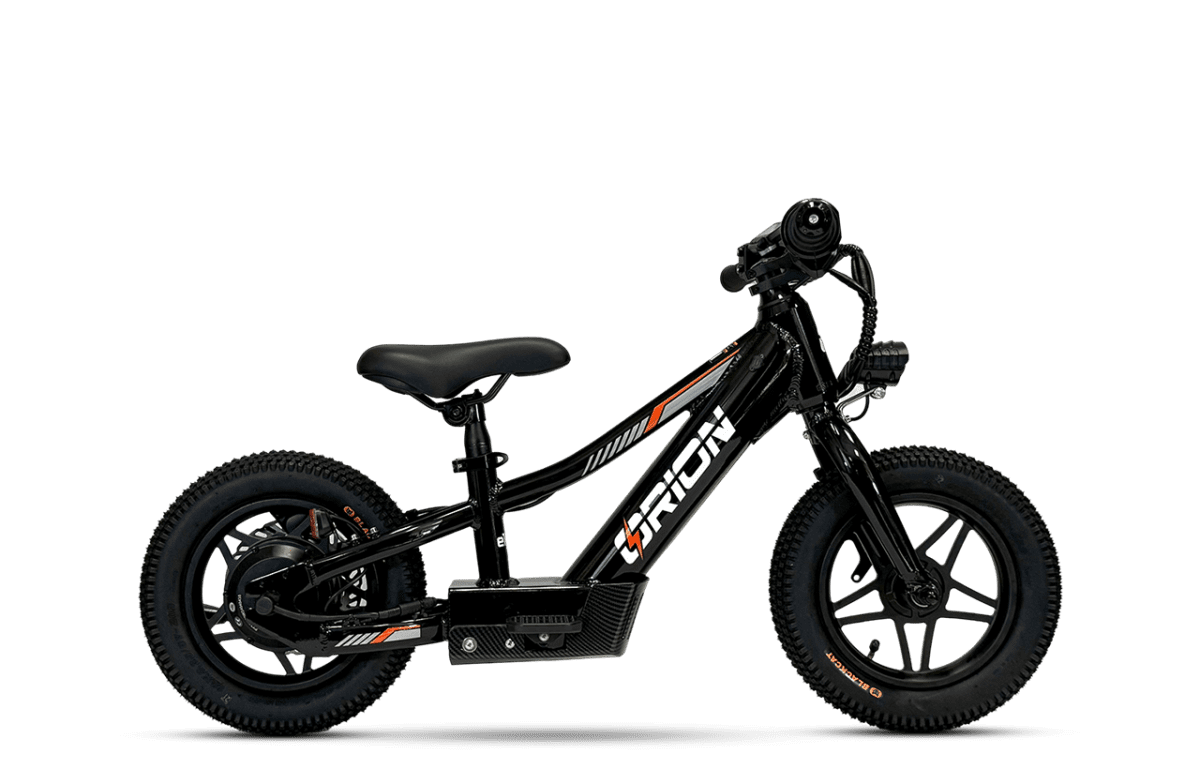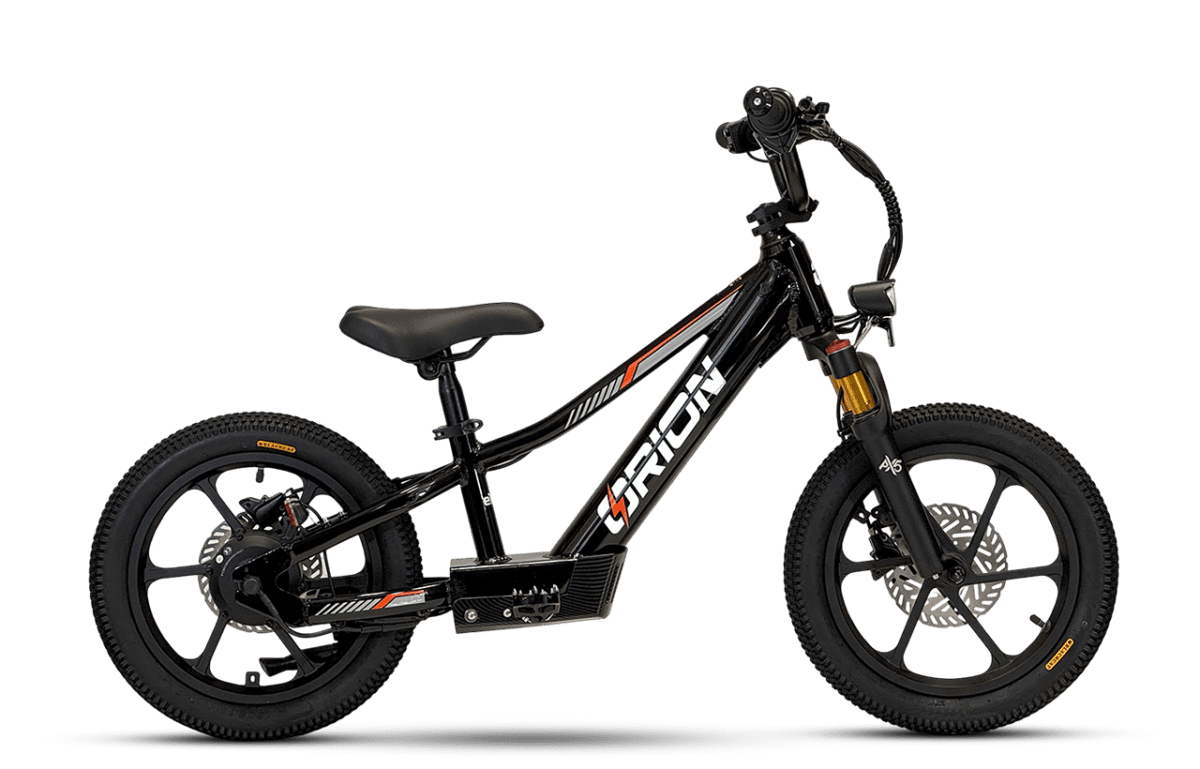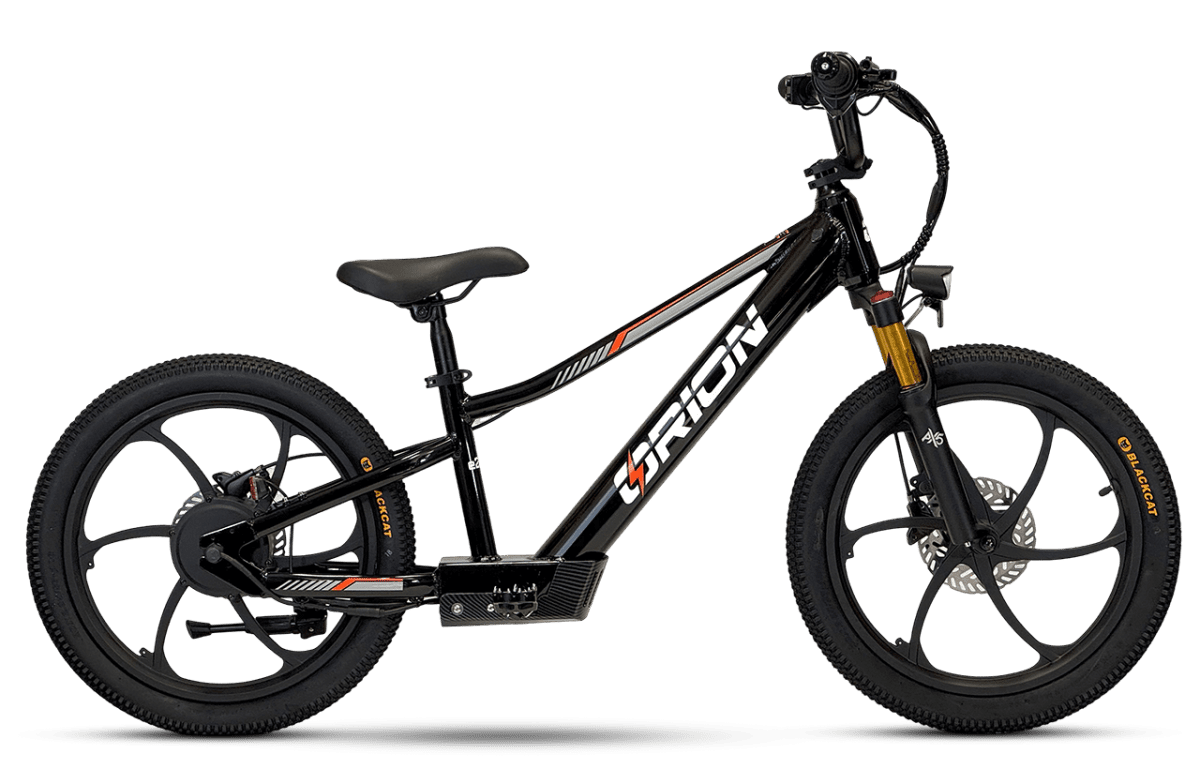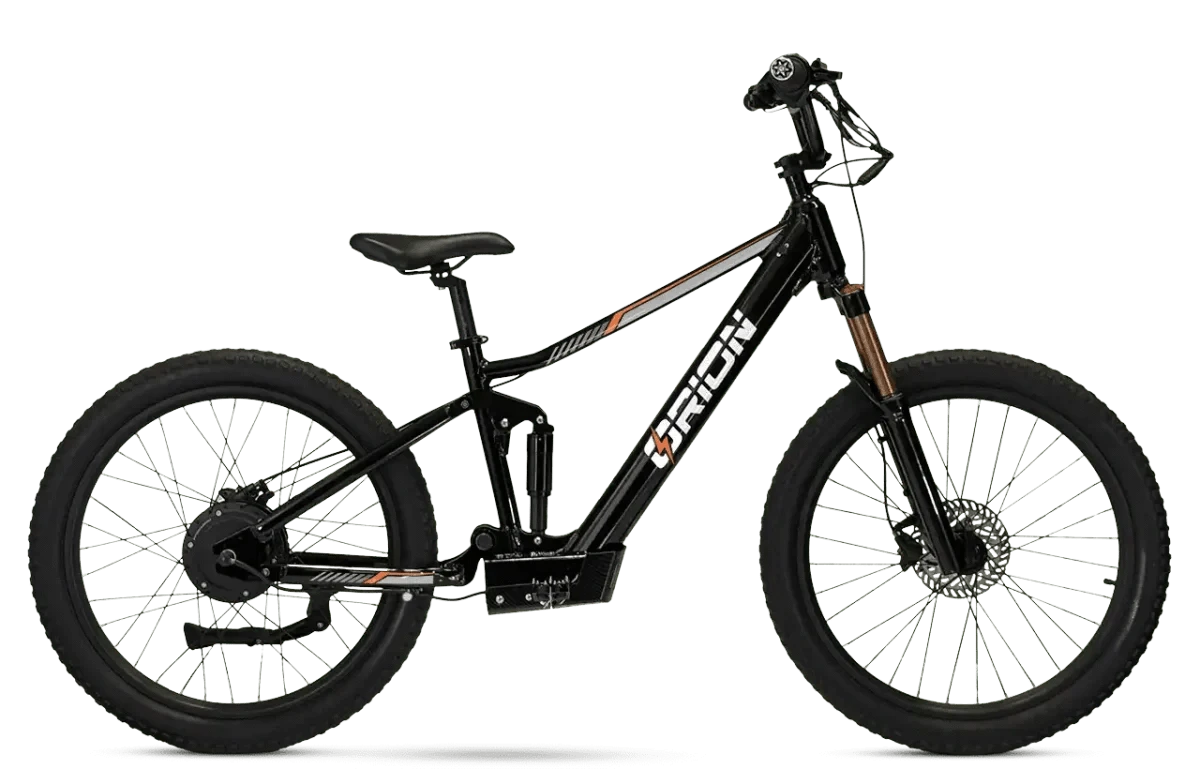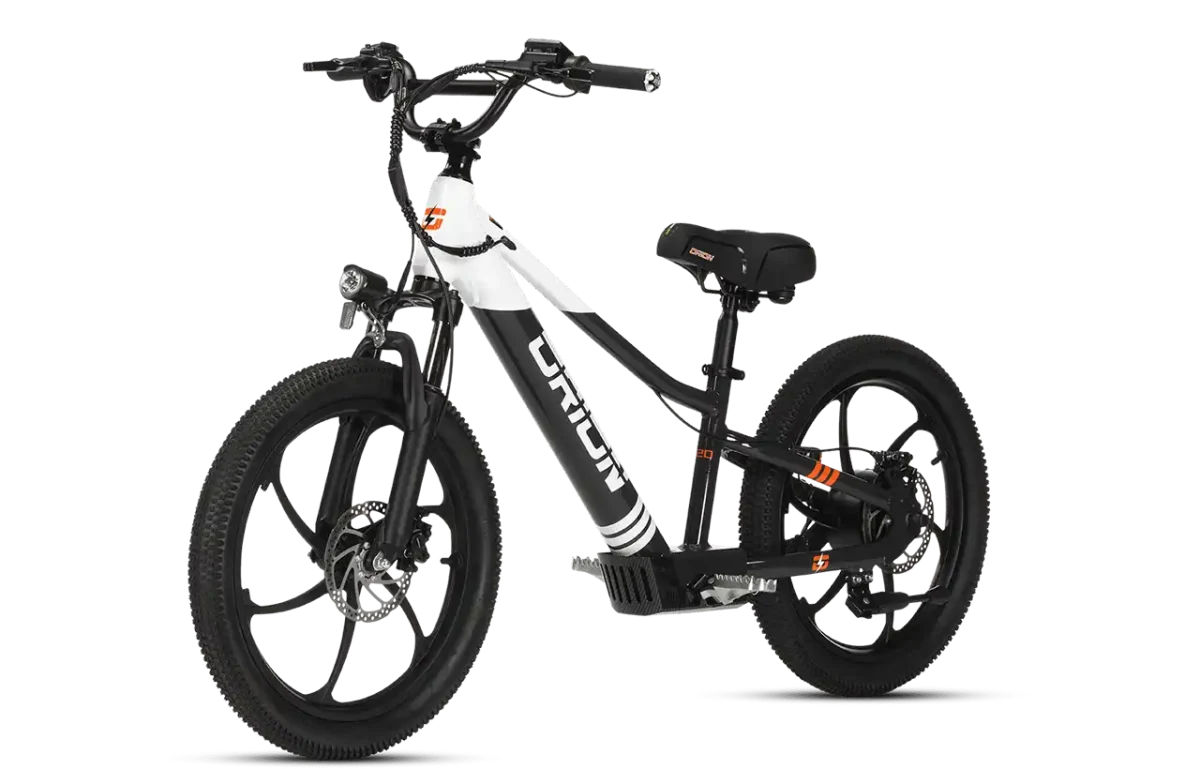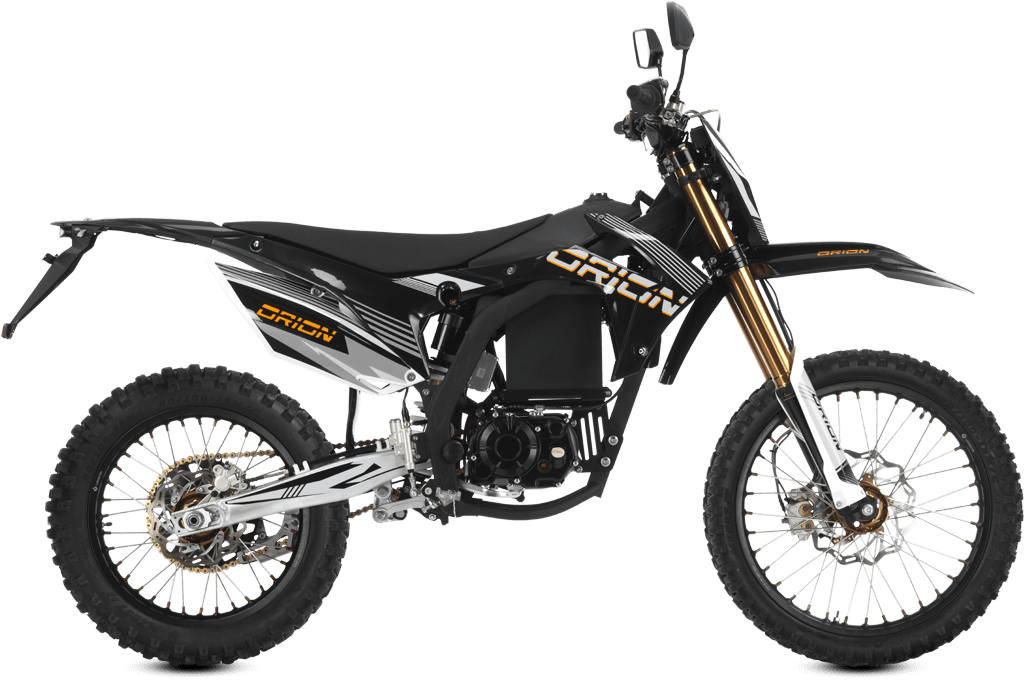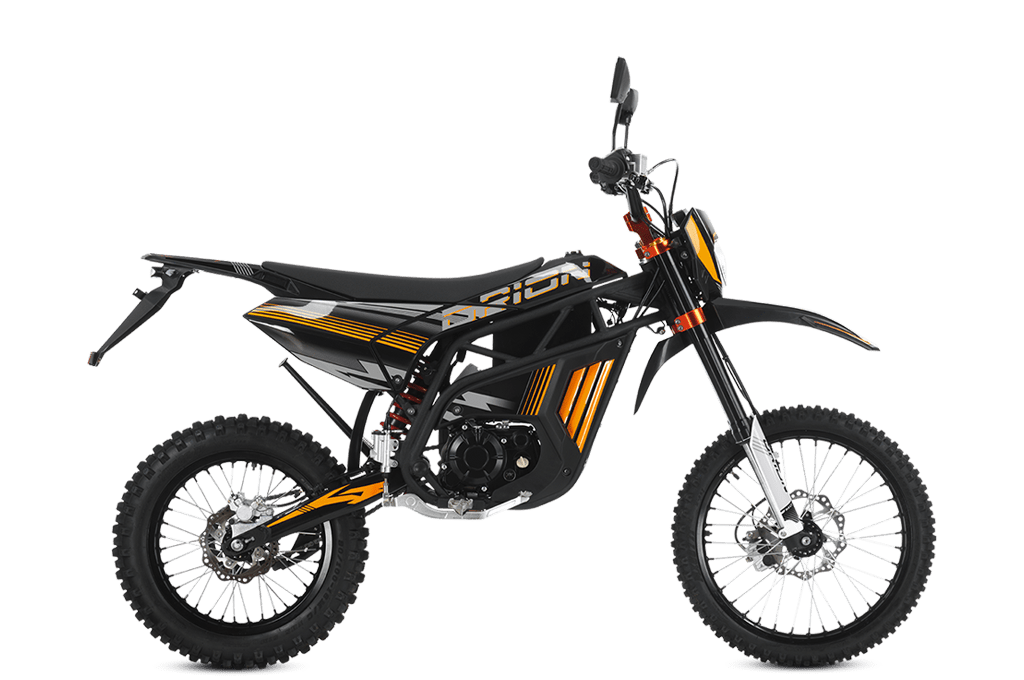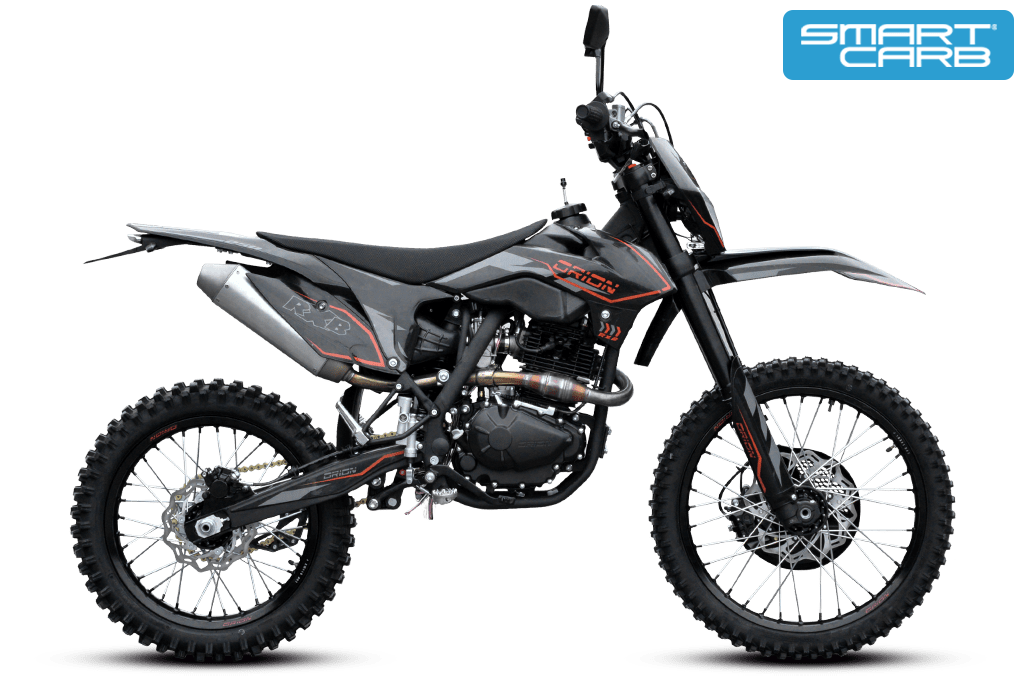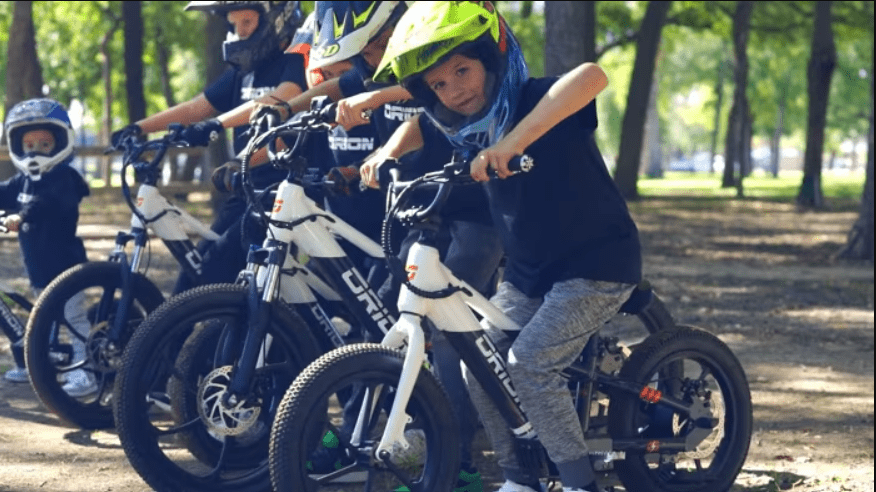As parents, we are always on the lookout for activities that encourage our children’s development—both physically and mentally. One such activity that’s gaining popularity is riding electric balance bikes. These pedal-free, two-wheeled bikes equipped with electric motors are more than just a source of fun for kids; they play a vital role in improving balance and coordination. In this blog, we’ll explore how electric balance bikes can help your child develop essential motor skills, building a foundation that can benefit them throughout their life.
What is an Electric Balance Bike?
Before diving into the developmental benefits, let’s quickly review what an electric balance bike is. Unlike traditional bikes, electric balance bikes don’t have pedals. Children use their feet to push off the ground, and when they’re ready, they can use a throttle to engage the electric motor and glide along at a controlled speed.
Electric balance bikes focus on helping children learn balance first, removing the challenge of pedaling and shifting gears. By mastering balance in a low-pressure environment, children gain the confidence and coordination necessary for future biking experiences.

How Electric Balance Bikes Improve Balance and Coordination
-
Focus on Core Balance
Balance is the most critical skill needed to ride a bike, and electric balance bikes put that front and center. By removing the complexity of pedals, children can focus entirely on their balance. As they push off and coast, they learn how to center their body weight and make minor adjustments to stay upright, strengthening their sense of equilibrium.
With an electric motor, kids can coast for longer periods without needing to constantly push with their feet, allowing them to practice balancing over longer distances. This extended practice reinforces their ability to maintain balance without thinking about it. -
Coordination Between Body and Mind
Riding an electric balance bike engages both the body and the brain. As children adjust their body to stay balanced, they are also engaging their cognitive skills—thinking about how to steer, when to slow down, and how to control their speed. This connection between the body and mind builds coordination and helps children develop spatial awareness, reflexes, and reaction times. -
Enhanced Motor Skills
Motor skills refer to the movement and coordination of muscles. Riding an electric balance bike helps children develop both gross motor skills (large movements like balance, steering, and speed control) and fine motor skills (small movements like hand-eye coordination needed to brake and steer precisely). These skills are essential for activities later in life, from sports to everyday tasks like writing and drawing. -
Improved Spatial Awareness
As children ride an electric balance bike, they are constantly assessing their environment, deciding how to navigate obstacles, avoid bumps, and stay on track. This practice enhances spatial awareness, helping children understand the space around them and how their movements affect it.
Kids develop an innate sense of when to turn, how to avoid obstacles, and when to slow down—all of which translates into sharper cognitive and motor functions. Spatial awareness is a critical part of child development that will benefit them in activities beyond biking. -
Building Muscle Strength
Even though electric balance bikes have a motor, kids still engage their muscles as they push off with their feet, adjust their bodies to maintain balance, and hold onto the handlebars for steering. These activities build muscle strength, particularly in their legs, core, and upper body. This gradual strength-building helps them transition smoothly to pedal bikes and other physically demanding activities. -
Boosting Confidence and Independence
One of the most rewarding aspects of electric balance bikes is that they give children a sense of independence. As they learn to balance, steer, and ride with greater control, they build confidence in their abilities. This newfound confidence not only benefits their physical development but also helps them in other areas of life, such as social interactions and problem-solving.
The boost in self-esteem comes from mastering the bike and being able to control their speed and movement independently. Electric balance bikes provide a sense of accomplishment that reinforces positive development.
The Long-Term Benefits of Learning Balance and Coordination Early
The skills children develop on an electric balance bike extend beyond just riding a bike. Good balance and coordination have long-term benefits for physical activities like running, jumping, swimming, and playing sports. Additionally, enhanced motor skills and spatial awareness can contribute to success in everyday activities and even academic performance, as these skills overlap with cognitive development and focus.
Why Electric Balance Bikes Are a Game-Changer
Electric balance bikes are designed to be intuitive and engaging, offering a fun way for children to develop essential physical skills. They eliminate many of the frustrations children face with traditional pedal bikes—such as struggling to pedal while also maintaining balance—so kids can focus on balance first. Once they’ve mastered that, transitioning to a traditional bike becomes much easier.
Final Thoughts
Introducing your child to an electric balance bike is a fantastic way to give them a head start on physical development. With benefits ranging from improved balance and coordination to enhanced motor skills and confidence, electric balance bikes offer a fun and effective way for kids to grow, learn, and enjoy outdoor adventures. If you’re looking for a tool to help your child develop these foundational skills, an electric balance bike might be just what they need.

